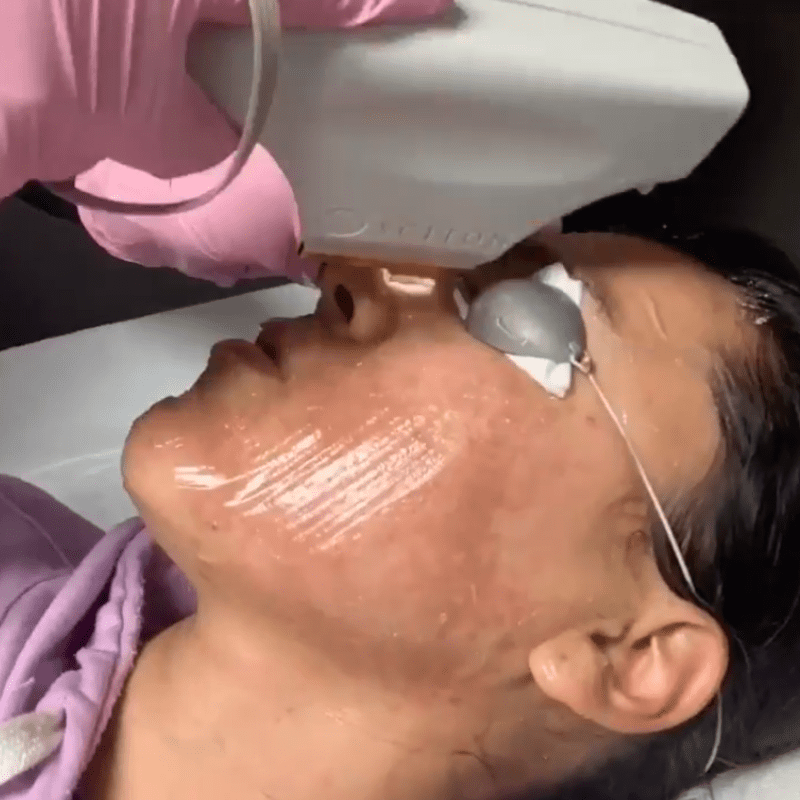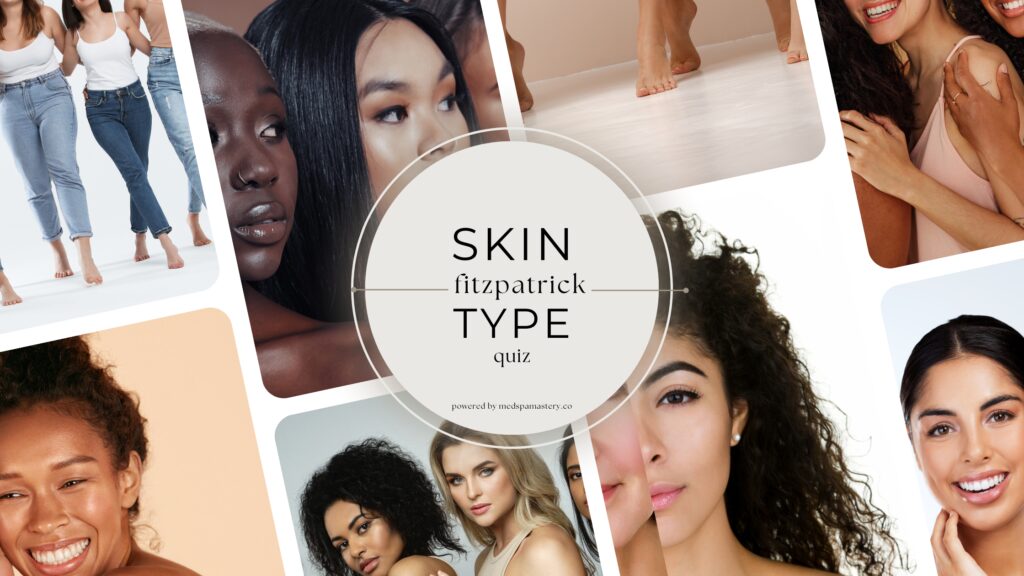BBL Fotofacial©
Say goodbye to the effects of sun damage, rosacea, hyperpigmentation, and more. With the innovative BBL™ photo facial or Fotofacial procedure, gentle skin rejuvenation is now easier.
Laser Center Treatments
BBL™ photorejuvenation is the latest in modern dermatology, allowing patients to transform red, blotchy skin into a radiant complexion. If you suffer from any of these problems, photo facial or Fotofacial treatments may be the dermatological approach you’ve been looking for.

Frequently Asked Questions about our BBL™ Fotofacial Treatments
What is a BBL™ Fotofacial Treatment
A photo facial, or “Fotofacial,” is a 30-minute procedure in which intense pulses of light are used to penetrate deep into the skin. BBL™ photorejuvenation causes collagen and blood vessels below the epidermis to constrict, reducing redness and age lines. The procedure involves minimal discomfort, while the redness and swelling that sometimes occur after treatment disappears shortly. Most photo-facial or Fotofacial benefits occur gradually in the weeks following treatment. For even more significant cosmetic enhancement, patients may also opt for a FotoFacial RF™, a procedure combining radio and light waves to achieve excellent results.
Q & A
People with blotchy, sun-damaged, or discolored skin or whose skin is affected by large pores, freckles, or wrinkles, may benefit from a BBL™ photofacial. The procedure is also quick and involves no downtime, making it a convenient option for people with busy schedules. Those with dark or deeply tanned skin sometimes experience complications following BBL™ photofacial treatment. Patients should discuss such issues with a trained dermatologist before undergoing treatment.
People with white, untanned, somewhat elastic skin are the best candidates for a BBL™ photofacial. It is also essential for patients to have a realistic understanding of what the procedure can do. When performed on the right person, it effectively improves skin texture, eliminating discolorations, reducing pore size, and minimizing wrinkles and fine lines. If you have rosacea, which causes blotchy redness in the face, you may also benefit from a BBL™ photofacial. For more serious issues – heavy facial lines and severe acne scars, for example – patients may wish to consider more aggressive treatment, such as a facelift or a brow lift.
The best candidates have:
- Red, flushed faces or rosacea
- Sun-damaged skin
- Hyperpigmentation
- Enlarged pores
After only one treatment, you will have a more even skin tone with a smoother look and feel. Sunspots will fade. Pore sizes will shrink. Fine lines and wrinkles will gradually decrease in size. These improvements will steadily increase with each treatment. Patients with rosacea will see a progressive decrease in redness with every treatment.
After treatment with most light systems, the treated skin may appear flushed, and capillaries may seem more visible. Post-Photo Facial discomfort is almost nonexistent. The flushed look soon fades away, and the capillaries appear to vanish, leaving the skin looking younger. It’s that simple.
Depending on the area treated, most clients need approximately five to six treatments. Treatments usually take from 15 to 30 minutes. Treatments are spaced out at approximately three-week intervals.
Most patients describe the sensation to be like the snap of a rubber band on the skin as pulses of energy are delivered through the handpiece. Some patients opt to have topical anesthesia or ice. After treatment, the pain is minimal to nonexistent.
Yes! Advanced light systems have been used safely for millions of treatments worldwide. These systems treat only the targeted damaged tissues, leaving the surrounding tissue intact. However, some bruising or redness may occur. Photofacial Treatments are just one of the many excellent non-surgical treatments offered at Brighter Smiles Med Spa.
Photos and Videos of Before and After Treatments.
Make An Appointment
Call us today for your free consultation. All you need to do is pick up your phone and give us a call at (541) 342-7483
Advanced Corrective Peel is an aggressive, in-office treatment that dramatically diminishes the appearance of discoloration, while smoothing texture and refining the appearance of pores, to restore a brighter, more clarified skin tone. Combining phenylethyl rescorcinol with clinical-grade salicylic and lactic acids, the peel targets enlarged pores, hyperpigmentation, and uneven skin tone and texture.
- Helps stimulate collagen production.
- Decreases frequency of acne break out.
- Fades the appearance of post acne.
- The active ingredients used in this Correction Peel are highly effective in addressing a variety of skin issues.
Phenylethyl Resorcinol is a powerful solution that helps to reduce skin discolorations, resulting in a more even skin tone and a smoother appearance. - Salicylic Acid, a type of beta-hydroxy acid, works wonders in enhancing skin tone and also helps to prevent acne breakouts.
- Alpha-hydroxy acid, also known as Lactic Acid, helps to exfoliate the skin by removing dead surface cells. This enhances your skin’s appearance and gives it a fresh and radiant look, which can make you look younger.
The recommended treatment plan includes 4 to 6 treatments administered every 4 weeks.
All peels require some follow-up care:
Superficial peels require one to seven days to heal. Treated skin will initially be red and may scale. Lotion or cream should be applied until the skin heals, followed by daily use of sunscreen. Makeup can usually be worn the next day.
Medium peels require seven to 14 days to heal. Treated skin will initially be red and swollen. Swelling worsens for the first 48 hours. Eyelids may swell shut. Blisters may form and break. Skin crusts and peels off in seven to 14 days. Skin must be soaked daily for a specified period, followed by ointment application. Antiviral medication is taken for 10 to 14 days. Mild lotion or cream may be applied. Avoid all sun exposure until healing is complete. Camouflage makeup may be worn after five to seven days. A follow-up appointment will be necessary to monitor progress.
Deep peels require 14 to 21 days to heal. The treated area will be bandaged. Skin must be soaked four to six times daily, followed by ointment application for the first 14 days. Afterwards a thick moisturizer is applied for the next 14 days. Antiviral medication is taken for 10 to 14 days. Mild lotion or cream may be applied. Avoid all sun exposure for three to six months. Camouflage makeup may be worn after 14 days. Several follow-up appointments will be necessary to monitor progress.







